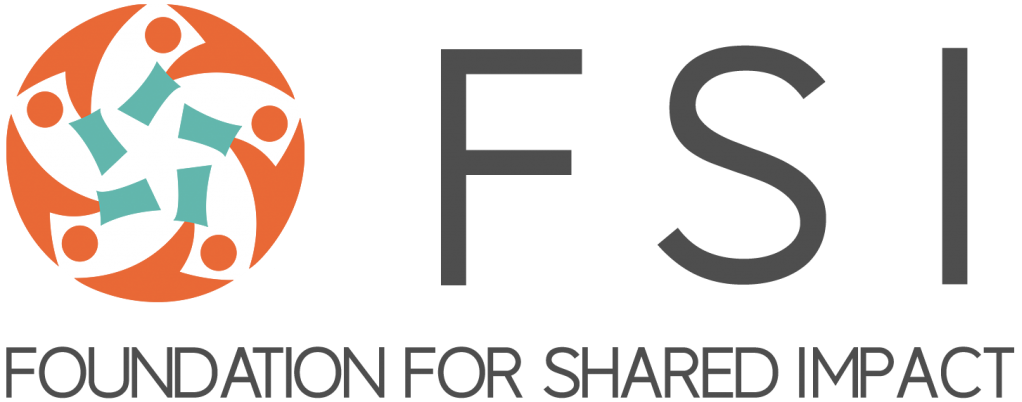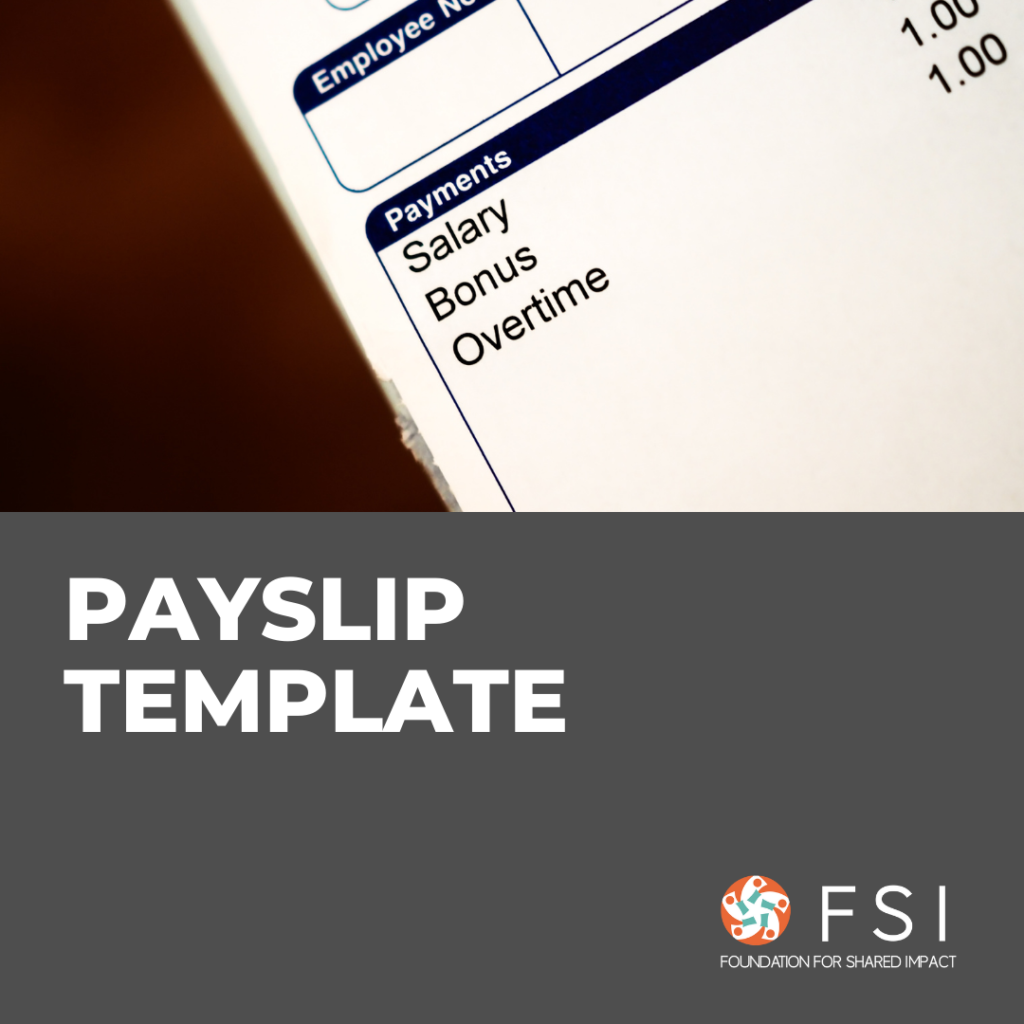Why Do We Need an Impact Report for a Fundraiser?
Let’s say you have organized a successful fundraiser to raise money to support the impactful work of your organization or partner organizations. People from within and outside your network have poured in generous donations for your cause. Because the fundraiser was successful and the donations essential to the continuous operation of your organizations or partner organizations, you will probably want to organize a fundraiser again.
Cultivating Donor Relationships
How do you get people interested in supporting your cause again?
One of the best ways is to provide transparency in how the donations were spent and what kind of impact was enabled by the donations. This can be done through an impact report. In addition to expressing gratitude to the donors, the impact report also enables you to retain your relationship with existing donors and develop new relationships with potential donors.
Demonstrating Organizational/Program Effectiveness
With more funders transitioning to trust-based philanthropy, a comprehensive review of how donations are making a difference is more important than ever for organizations to effectively fundraise to ensure their financial resilience.
A fundraiser impact report offers an overview of the goals, objectives, and outcome of the fundraiser. This provides donors with the knowledge that their donations are efficiently spent on worthwhile causes. Additionally, the report enables (potential) donors, volunteers, partners and collaborators etc. to learn more about the organizer, its mission and impact, and its efficiencies of donation utilization. This could attract potential donors and partners to support the organization and its initiatives.
When communicating the impact of your fundraiser, you want to include both qualitative and quantitative data. For example, in addition to reporting the number of people benefiting from the funded projects, you should also include testimonials from the beneficiaries about the projects.
Transparency and Accountability
An impact report provides donors with insight into how their contributions were used and the positive impact created as a result. Through clearly communicating program outcomes, financial management, and the organization’s/project’s overall impact, you can build trust and credibility with your donors.
What are the Key Components of a Fundraiser Impact Report?
Introduction
In the Introduction section, provide a brief overview of the fundraiser:
- What are its goals and objectives?
- Who was it organized by?
- When and where did it take place?
- What is the total amount of funds raised (amount allocated for grant)?
- Who/what are the beneficiaries?
- What is the total number of beneficiaries?/What is the total benefit?
Organization/ Project Description
If your fundraiser was held to raise funds for your organization or a particular project, describe it in detail. This section is especially important for a fundraiser supporting multiple projects and organizations.
Let’s use FSI’s 2023 Annual Holiday Fundraiser as an example. In the impact report, you can see a detailed breakdown of each of the six funded projects all over the world. Each project description includes:
- Timeline of the project
- Location of the project
- Organizer/manager of the project
- The reason it receives funding: the credentials of the organizer/manager of the project, the solutions it offers to address challenges in the community
- The amount of funds allocated to the project
- What the funds were spent on
- The number of beneficiaries
- Photos and/or videos of the project
- Testimonials from the beneficiaries and organizer/manager of the project
- Links to the organizer/manager’s website and/or contact information and social media
Financial Transparency
Provide a breakdown of how donations were allocated in as much detail as possible to provide transparency. For an example of how to do this, please refer to the “Funds Raised” section in the FSI 2023 Annual Holiday Fundraiser Impact Report.
Acknowledgments and Conclusion
Don’t forget to thank the people who made this fundraiser possible! These people include the donors, the volunteers who help with data collection and drafting the impact report, the funded organization(s)/project(s) for doing the impactful work they do etc.
Take the “Conclusion” section as an opportunity to call for action for future donation and support. Invite funders, partners, and collaborators to join your next fundraiser to create even greater shared impact, for example.
Data Collection and Prep Work for the Impact Report
Now that you know what needs to be included in the impact report, you should have a clear idea of the qualitative and quantitative data you will need to collect to compile a comprehensive impact report. Here are some tips to help you plan your workflow:
- Work with your colleagues to list out the different kinds of data and metrics you will need to collect.
- Think about how you will collect the data and metrics, and discuss division of labour with your colleagues.
- Brainstorm the time needed for each and all tasks, and draft a timeline to hold everyone accountable for their work tasks and deadlines.
- Include regular check-ins with the FSI team, which can be done online or in person. Take these check-ins as meetings for progress updates or raising whatever queries you may have about your work.
PS!
FSI recently published our 2024 Annual Holiday Fundraiser Impact Report. Check the report out and use it as a reference!
At FSI, we’re always seeking to improve, so if you have any feedback on this guide/template, please do not hesitate to let us know.



